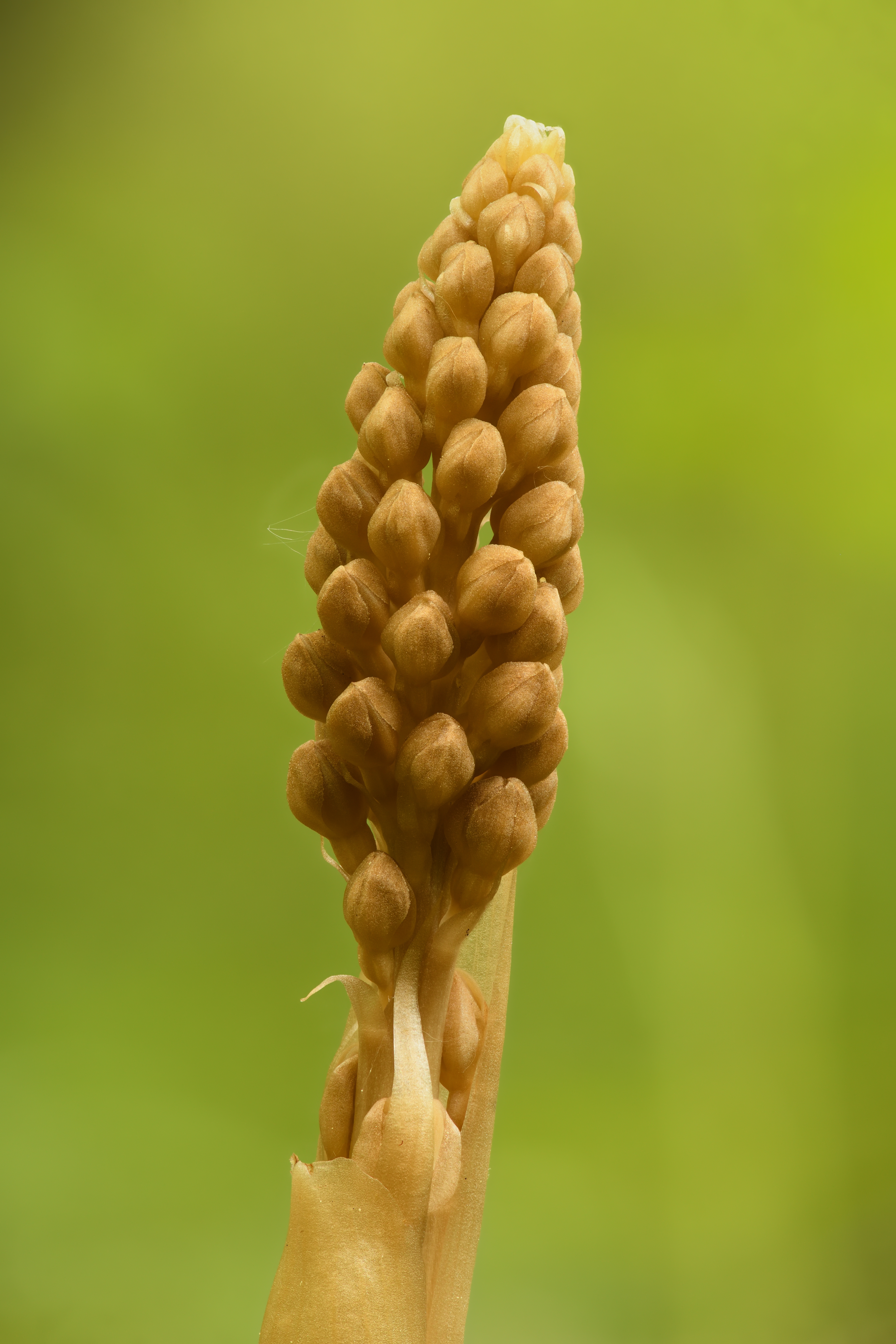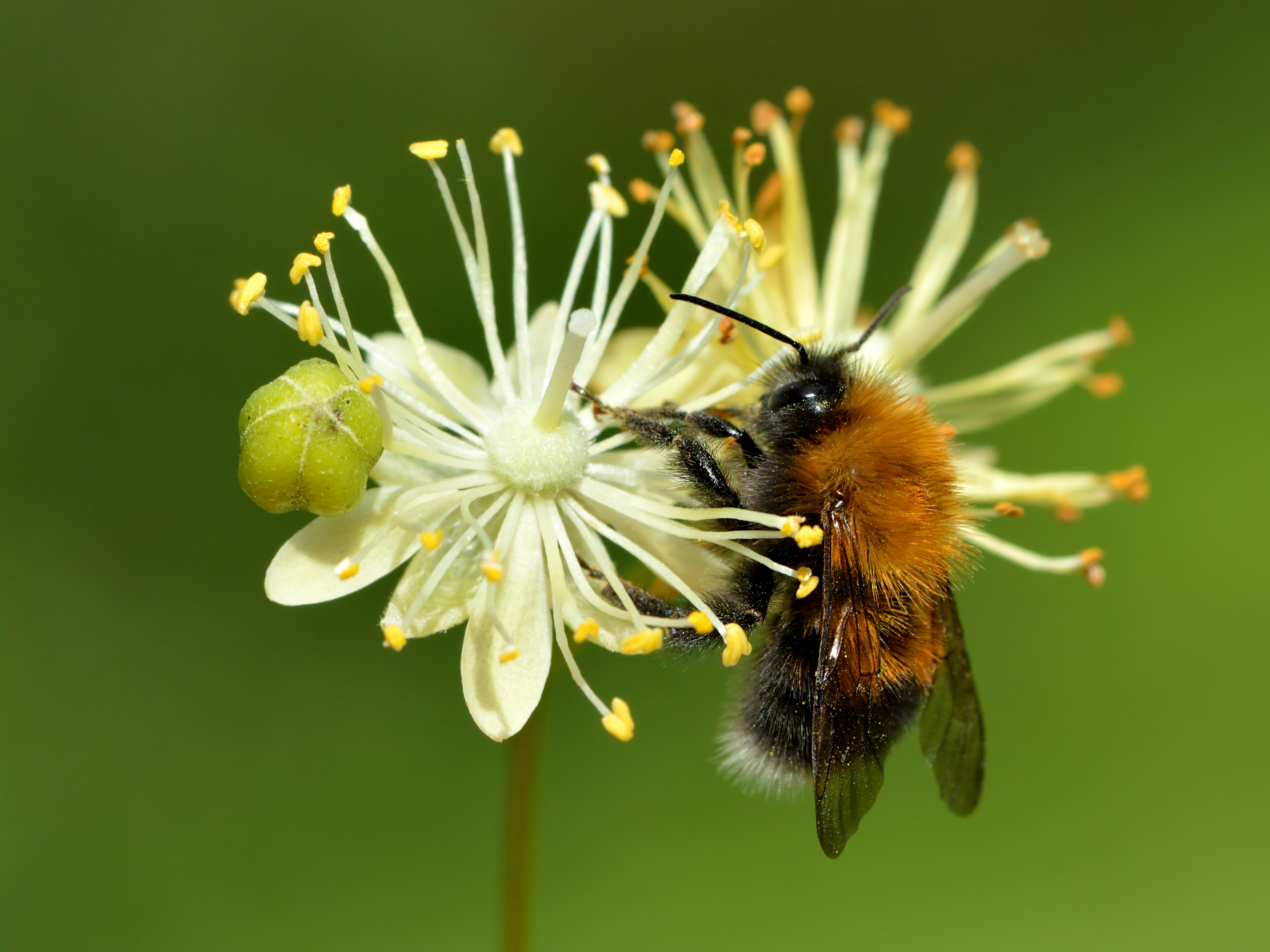|
Aller And Beer Woods
Aller and Beer Woods () is a biological Site of Special Scientific Interest. off the A372 Othery to Langport road near Aller in Somerset. It was notified in 1952. This Somerset Wildlife Trust reserve, which is about north-west of Langport and south-east of Bridgwater, consists of large blocks of semi-natural ancient woodland along the west-facing slope of Aller Hill, overlooking King's Sedgemoor. The reserve is about 40 ha (99 acres) and the underlying geology of most of it is Lias limestone. Prior to the twentieth century it appears to have been managed for centuries as traditional coppice woodlandd. Aller and Beer Woods are outstanding examples of ancient, escarpment woodland managed in a traditional coppice-with-standards system. The woodland is a variant of the calcareous ash/Wych elm stand-type, with pedunculate oak (''Quercus robur''), and ash (''Fraxinus excelsior'') the dominant canopy trees throughout, and with scattered concentrations of Wych elm (''Ulmus ... [...More Info...] [...Related Items...] OR: [Wikipedia] [Google] [Baidu] |
Biological Site Of Special Scientific Interest
A Site of Special Scientific Interest (SSSI) in Great Britain, or an Area of Special Scientific Interest (ASSI) in the Isle of Man and Northern Ireland, is a conservation designation denoting a protected area in the United Kingdom and Isle of Man. SSSI/ASSIs are the basic building block of site-based nature conservation legislation and most other legal nature/geological conservation designations in the United Kingdom are based upon them, including national nature reserves, Ramsar sites, Special Protection Areas, and Special Areas of Conservation. The acronym "SSSI" is often pronounced "triple-S I". Selection and conservation Sites notified for their biological interest are known as Biological SSSIs (or ASSIs), and those notified for geological or physiographic interest are Geological SSSIs (or ASSIs). Sites may be divided into management units, with some areas including units that are noted for both biological and geological interest. Biological Biological SSSI/ASSIs ... [...More Info...] [...Related Items...] OR: [Wikipedia] [Google] [Baidu] |
Ash Tree
''Fraxinus'' (), commonly called ash, is a genus of plants in the olive and lilac family, Oleaceae, and comprises 45–65 species of usually medium-to-large trees, most of which are deciduous trees, although some subtropical species are evergreen trees. The genus is widespread throughout much of Europe, Asia, and North America. The leaves are opposite (rarely in whorls of three), and mostly pinnately compound, though simple in a few species. The seeds, popularly known as "keys" or "helicopter seeds", are a type of fruit known as a samara. Some ''Fraxinus'' species are dioecious, having male and female flowers on separate plants but sex in ash is expressed as a continuum between male and female individuals, dominated by unisexual trees. With age, ash may change their sexual function from predominantly male and hermaphrodite towards femaleness; if grown as an ornamental and both sexes are present, ashes can cause a considerable litter problem with their seeds. Rowans, or mounta ... [...More Info...] [...Related Items...] OR: [Wikipedia] [Google] [Baidu] |
Somerset Levels
The Somerset Levels are a coastal plain and wetland area of Somerset, England, running south from the Mendips to the Blackdown Hills. The Somerset Levels have an area of about and are bisected by the Polden Hills; the areas to the south are drained by the River Parrett, and the areas to the north by the rivers Axe and Brue. The Mendip Hills separate the Somerset Levels from the North Somerset Levels. The Somerset Levels consist of marine clay "levels" along the coast and inland peat-based "moors"; agriculturally, about 70 per cent is used as grassland and the rest is arable. Willow and teazel are grown commercially and peat is extracted. A Palaeolithic flint tool found in West Sedgemoor is the earliest indication of human presence in the area. The Neolithic people exploited the reed swamps for their natural resources and started to construct wooden trackways, including the world's oldest known timber trackway, the Post Track, dating from about 3800 BC. The Le ... [...More Info...] [...Related Items...] OR: [Wikipedia] [Google] [Baidu] |
Nature Reserves In Somerset
Nature is an inherent character or constitution, particularly of the ecosphere or the universe as a whole. In this general sense nature refers to the laws, elements and phenomena of the physical world, including life. Although humans are part of nature, human activity or humans as a whole are often described as at times at odds, or outright separate and even superior to nature. During the advent of modern scientific method in the last several centuries, nature became the passive reality, organized and moved by divine laws. With the Industrial Revolution, nature increasingly became seen as the part of reality deprived from intentional intervention: it was hence considered as sacred by some traditions (Rousseau, American transcendentalism) or a mere decorum for divine providence or human history (Hegel, Marx). However, a vitalist vision of nature, closer to the pre-Socratic one, got reborn at the same time, especially after Charles Darwin. Within the various uses of the word t ... [...More Info...] [...Related Items...] OR: [Wikipedia] [Google] [Baidu] |
Sites Of Special Scientific Interest Notified In 1952
Site most often refers to: * Archaeological site * Campsite, a place used for overnight stay in an outdoor area * Construction site * Location, a point or an area on the Earth's surface or elsewhere * Website, a set of related web pages, typically with a common domain name It may also refer to: * Site, a National Register of Historic Places property types, National Register of Historic Places property type * SITE (originally known as ''Sculpture in the Environment''), an American architecture and design firm * Site (mathematics), a category C together with a Grothendieck topology on C * ''The Site'', a 1990s TV series that aired on MSNBC * SITE Intelligence Group, a for-profit organization tracking jihadist and white supremacist organizations * SITE Institute, a terrorism-tracking organization, precursor to the SITE Intelligence Group * Sindh Industrial and Trading Estate, a company in Sindh, Pakistan * SITE Centers, American commercial real estate company * SITE Town, a densely p ... [...More Info...] [...Related Items...] OR: [Wikipedia] [Google] [Baidu] |
Sites Of Special Scientific Interest In Somerset
__NOTOC__ This is a list of the Sites of Special Scientific Interest (SSSIs) in Somerset, England, United Kingdom. In England the body responsible for designating SSSIs is Natural England, which chooses a site because of its fauna, flora, geological or physiographical features. There are 127 sites designated in this Area of Search, of which 83 have been designated due to their biological interest, 35 due to their geological interest, and 9 for both. Natural England took over the role of designating and managing SSSIs from English Nature in October 2006 when it was formed from the amalgamation of English Nature, parts of the Countryside Agency and the Rural Development Service. Natural England, like its predecessor, uses the 1974–1996 county system, and as such the same approach is followed here, therefore some sites you may expect to find in this list could be in the Avon list. The data in the table is taken from English Nature in the form of citation sheets for each SSSI.''En ... [...More Info...] [...Related Items...] OR: [Wikipedia] [Google] [Baidu] |
Ministry Of Defence (United Kingdom)
The Ministry of Defence (MOD or MoD) is a Departments of the Government of the United Kingdom, ministerial department of the Government of the United Kingdom. It is responsible for implementing the defence policy set by the government and serves as the headquarters of the British Armed Forces. The MOD states that its principal objectives are to defend the United Kingdom of Great Britain and Northern Ireland and its interests and to strengthen international peace and stability. The MOD also manages day-to-day running of the armed forces, contingency planning and defence procurement. The expenditure, administration and policy of the MOD are scrutinised by the Defence Select Committee, except for Defence Intelligence which instead falls under the Intelligence and Security Committee of Parliament. History During the 1920s and 1930s, British civil servants and politicians, looking back at the performance of the state during World War I, concluded that there was a need for greater ... [...More Info...] [...Related Items...] OR: [Wikipedia] [Google] [Baidu] |
Lithospermum Purpurocaeruleum
''Aegonychon purpurocaeruleum'', commonly known as the purple gromwell, is a herbaceous perennial rhizomatous flowering plant and it belongs to the family Boraginaceae. Etymology The Latin name of the species, , means 'purple and blue', referring to the changing colour of the flowers with the progress of flowering. Description ''Aegonychon purpurocaeruleum'' is a bushy plant that reaches on average of height, with a maximum of . The stem is hairy, erect and unbranched. Leaves are dark green and lanceolate to narrow elliptic, with a prominent midrib on the underside. Flowers are hermaphroditic, funnel-shaped, long and of diameter, clustered in a racemose inflorescence. The flowers are initially purple-reddish, changing to a deep blue. The flowering period extends from April to June. The fruits are bright white capsules, long, with a glossy surface. They are very hard (hence the genus synonym ''Lithospermum'', meaning "stone seed" for the hardness of these capsules). Distri ... [...More Info...] [...Related Items...] OR: [Wikipedia] [Google] [Baidu] |
Greater Butterfly Orchid
''Platanthera chlorantha'', commonly known as greater butterfly-orchid, is a species of orchid in the genus ''Platanthera''. It can be found throughout Europe and Morocco. The name ''Platanthera'' is derived from Greek, meaning "broad anthers", while the species name, ''chlorantha'', means "green-flowered". Greater butterfly-orchid is similar to lesser butterfly-orchid, ''Platanthera bifolia'', which is about the same size, but with smaller flowers. Greater butterfly-orchid is a herbaceous perennial of medium height. Its leaves are broad, shiny and elliptical, with a large pair at the base, and much smaller, more lanceolate leaves up the stem. The flowers are greenish-white, scented of vanilla Vanilla is a spice derived from orchids of the genus ''Vanilla (genus), Vanilla'', primarily obtained from pods of the flat-leaved vanilla (''Vanilla planifolia, V. planifolia''). ''Vanilla'' is not Autogamy, autogamous, so pollination ..., with spreading sepals and petals. ... [...More Info...] [...Related Items...] OR: [Wikipedia] [Google] [Baidu] |
Bird's Nest Orchid
''Neottia nidus-avis'', the bird's-nest orchid, is a non-photosynthetic orchid, native to Europe, Russia, with sporadic presence in North-Africa, and some parts of the Middle East. Description ''Neottia nidus-avis'' grows to tall and each shoot can carry up to 60 flowers. Plants are not in any part green, deriving all their nutrition from a mycorrhizal fungus in the soil/litter, which in turn derives nutrition from the roots of trees. Plants are generally beige-brown, though sometimes yellowish or white forms are discovered. The flower labellum splits and strongly diverges at its lower end. This species of orchid can be hard to spot, being camouflaged against the leaf litter. Across Europe, this species flowers May–June. Distribution and habitat It is widespread across most of Europe, occurring also in Algeria, Tunisia, western Siberia, the Caucasus, Iran and Turkey. In the British Isles, ''Neottia nidus-avis'' is found in shady woodland, especially beech, on basic soils. ... [...More Info...] [...Related Items...] OR: [Wikipedia] [Google] [Baidu] |
Tilia Cordata
''Tilia cordata'', the small-leaved lime or small-leaved linden, is a species of tree in the family Malvaceae, native to much of Europe. Other common names include little-leaf or littleleaf linden, or traditionally in South East England, pry or pry tree. Its range extends from Great Britain, Britain through mainland Europe to the Caucasus and western Asia. In the south of its range it is restricted to high elevations. Description ''Tilia cordata'' is a deciduous tree growing to tall, diameter 1/3 to 1/2 the height, with a trunk up to diameter. The largest known trunk circumference was a specimen in Närke, Sweden, that measured circumference at chest height. There are lime trees in Germany that are said to be over 1000 years old. The bark is smooth and grayish when young, firm with vertical ridges and horizontal fissures when older. The crown is rounded in a formal oval shape to pyramidal. Branching is upright and increases in density with age. The leaf, leaves are alternately ... [...More Info...] [...Related Items...] OR: [Wikipedia] [Google] [Baidu] |
Ulmus Glabra
''Ulmus glabra'', the wych elm or Scots elm, has the widest range of the European elm species, from Ireland eastwards to the Ural Mountains, and from the Arctic Circle south to the mountains of the Peloponnese and Sicily, where the species reaches its southern limit in Europe; it is also found in Iran. A large deciduous tree, it is essentially a montane species, growing at altitudes up to , preferring sites with moist soils and high humidity.Heybroek, H. M., Goudzwaard, L, Kaljee, H. (2009). ''Iep of olm, karakterboom van de Lage Landen'' (:Elm, a tree with character of the Low Countries). KNNV, Uitgeverij. The tree can form pure forests in Scandinavia and occurs as far north as latitude 67°N at Beiarn Municipality in Norway. It has been successfully introduced as far north as Tromsø and Alta in northern Norway (70°N). It has also been successfully introduced to Narsarsuaq, near the southern tip of Greenland ( 61°N). The tree was by far the most common elm in the north an ... [...More Info...] [...Related Items...] OR: [Wikipedia] [Google] [Baidu] |






